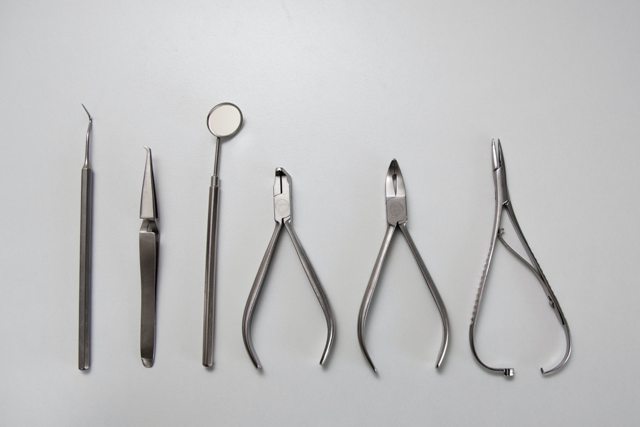Medical Device Enclosures: Ensuring Safety and Functionality
Health
As medical technology advances, the need for durable and reliable enclosures to house medical devices becomes increasingly important. Medical device enclosures not only protect sensitive equipment, but they also play a critical role in patient safety. In this article, we will explore the various types of medical device enclosures, their importance, and how they ensure both safety and functionality.
Types of Medical Device Enclosures
There are several types of medical device enclosures available in the market, each with its own unique characteristics and advantages. The most commonly used types of medical device enclosures are:
Metal Enclosures
Metal enclosures are sturdy and durable, making them ideal for protecting equipment from physical damage. They are often made of aluminum or stainless steel, which can withstand harsh environments and offer excellent corrosion resistance. Metal enclosures are also known for their EMI/RFI shielding properties, which help to protect sensitive electronic components from interference.
Plastic Enclosures
Plastic enclosures are lightweight, cost-effective, and can be easily molded into various shapes and sizes. They are often made of materials such as polycarbonate or ABS plastic, which are highly durable and offer good impact resistance. Plastic enclosures are also easy to customize and can be made in different colors to match the overall design of the medical device.
Composite Enclosures
Composite enclosures are made of a combination of materials such as fiberglass, carbon fiber, or Kevlar. They offer excellent strength-to-weight ratios and are highly durable, making them ideal for use in demanding environments. Composite enclosures are also highly customizable and can be designed to meet specific needs, such as thermal conductivity or EMI/RFI shielding.
Glass Enclosures
Glass enclosures are often used for medical devices that require a high level of visibility. They offer excellent optical clarity and can be made of various types of glass, such as tempered or laminated glass. Glass enclosures are also highly customizable and can be designed to meet specific needs, such as UV resistance or impact resistance.
Importance of Medical Device Enclosures
Medical device enclosures play a critical role in ensuring both patient safety and equipment functionality. Here are some of the key reasons why medical device enclosures are important:
Protecting Sensitive Equipment
Medical devices often contain sensitive electronic components that can be easily damaged by physical impact or exposure to moisture, dust, or other environmental factors. Enclosures provide a protective barrier that shields these components from harm, helping to extend the life of the equipment.
Ensuring Patient Safety
Medical device enclosures also play a critical role in ensuring patient safety. Enclosures help to prevent the spread of infections by providing a barrier that can be easily cleaned and disinfected. They also protect patients from exposure to hazardous materials or radiation emitted by the equipment.
Meeting Regulatory Standards
Medical device enclosures must meet stringent regulatory standards to ensure their safety and effectiveness. Enclosures must be designed and manufactured in compliance with regulations such as FDA 21 CFR





